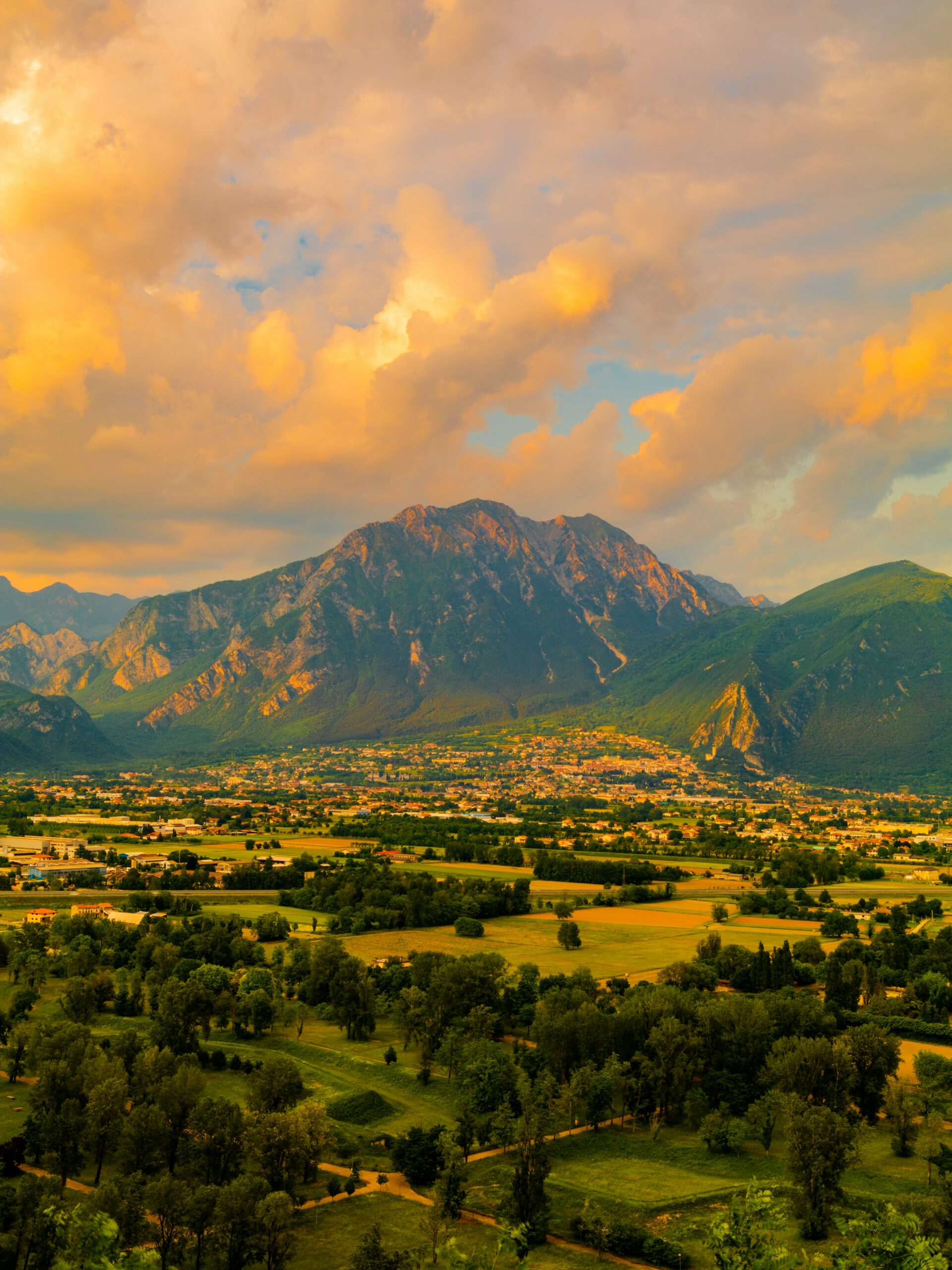Thanks to the ZEB4ZEN project, we have the opportunity to transfer a transnational methodology at the local level to achieve zero-emission standards. The pilot will be in the historic city neighbourhood of Palmanova, a national monument listed under UNESCO World Heritage Centres. Here, we are expecting to test an energy production and consumption model that has recently been regulated in Italy, and still is not widespread: renewable energy communities. Indeed, for the conservation of the historical city center, buildings inside the city walls are not allowed to install photovoltaic solar panels. Energy communities appear to be the most innovative and appropriate solution in this respect, since green energy production and its consumption can be physically separated but virtually connected through smart grid systems, allowing the old city to be supplied in a sustainable way by a solar plant located outside the city walls.
